The world's top 10 highest-grade copper mines
"Grade is king". This is very true, especially in today's challenging mineral commodities market conditions. The grade of metal in ore is usually directly related to the ability of a particular mine to make money and be profitable.
All things being equal, a higher grade generally means lower production costs per ounce/pound/ton, making high-grade ore deposits a crucial consideration for mining investors. Mines that can provide good returns in any market environment are "the best of breed".
While the copper market is gaining momentum, it is a good time to look at the copper mining champions in terms of copper grade in ore reserves.
Why have only reserves been taken into account? This is because a mineral reserve is the part of the mineral resource that has demonstrated economic viability in current market conditions. Therefore, ore reserves are much less speculative than ore resources and relatively precisely reflect changes in the economic "wellbeing" of mines.
The following analysis covers those currently active copper mining operations throughout the world that are separate reporting units and which have most recent reserves figures, calculated according to international standards and disclosed by the owners/operators after December 31, 2014.
For a more accurate comparison, copper operations have been split into underground and open-pit, since these mining methods utilize different techniques and equipment. In this research, the focus is on ore grade in reserves while putting aside other crucial parameters like ore tonnage and volume of metal contained in ore.


1. Cobre Las Cruces (CLC)


CLC open-pit copper mine, Sevilla Province, Spain. Source: first-quantum.com
First Quantum's CLC copper deposit is exceptionally rich, and with ore reserves grading 5% copper it is believed to be the highest-grade open-pit active copper mine worldwide. CLC is located approximately 20 kilometres northwest of the city of Seville and forms part of the Iberian Pyrite Belt, a mineral-rich area that stretches across the southwest of the peninsula. The mine uses leaching and electrowinning technology to produce copper cathode. The CLC Hydrometallurgical Plant is one of the most technologically advanced in the world for treating copper.
2. Kamoto Oliveira Virgule (KOV)

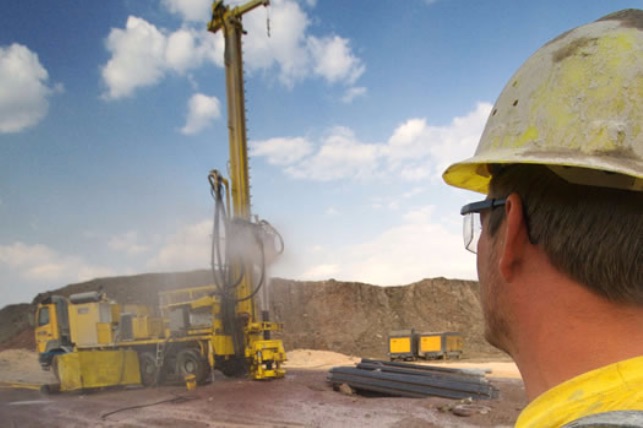
Drilling at KOV mine. Source: glencore.com
The KOV mine is part of Glencore's Katanga operation located in the Democratic Republic of the Congo (DRC). KOV is believed to contain the largest high-grade open-pit copper reserve/resource in the world. Being slightly behind first-ranked CLC by copper grade in ore reserves, KOV is much bigger in terms of ore tonnage and contained metal. While operations at nearly all Katanga producing units are currently suspended by Glencore pending the completion of the Whole Ore Leach Project in 2017, KOV technically is the only mine still active.
3. Kinsevere

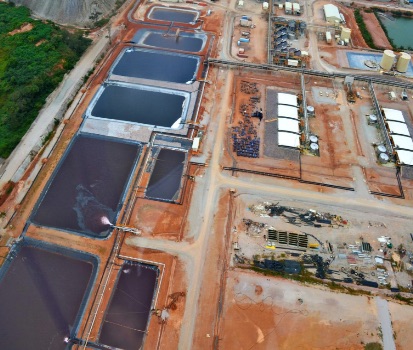
Solvent extraction circuits (high and low-grade ore) at Kinsevere copper mine, DRC. Source: www.mmg.com
Kinsevere is a world-class copper mine located in DRC. Kinsevere was acquired by MMG in 2012 and is an important part of the company's portfolio of high-quality base metals assets. Conventional mining methods are used at Kinsevere to remove waste material and extract ore. Due to ground conditions, most areas can be mined without blasting. Ore is hauled to the run of mine (ROM) stockpile while waste material is stockpiled on the surface or used on the walls of the tailings storage facility. With 3.5% copper grade in reserves, Kinsevere is the third-ranked copper mine on this list.
4. Sepon

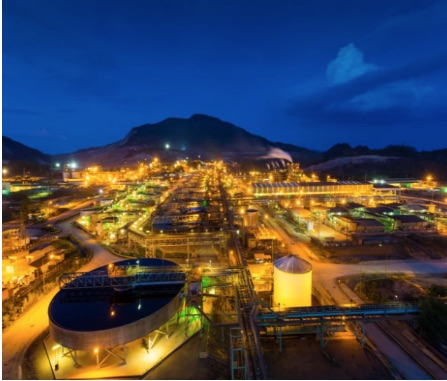
Sepon copper mining and processing complex. Source: mmg.com
Sepon is MMG's open-pit copper mine located in Savannakhet Province, southern Laos. Sepon produces 99.9% copper cathode using a whole-of-ore leach, solvent extraction and electrowinning (SX-EW) process. Copper cathodes are transported via road and sea to manufacturers of cable, wire and tube in Asia and Europe. Sepon has 2.7% copper grade in reserves and holds fourth place in our list of highest-grade open-pit copper mines.
5. Antas

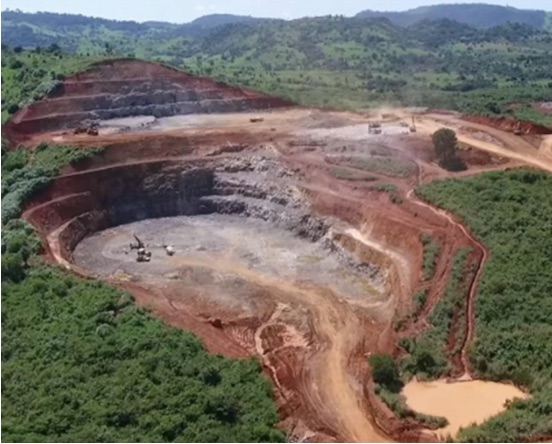
Antas open-pit copper mine, Brazil. Source: avancoresources.com
Avanco Resources' Antas open-pit copper-gold mine is located in the Caraj??s mineral-rich province in northern Brazil. The Caraj??s region is regarded as one of the most prospective mineral provinces in the world for the discovery of high-grade large-tonnage copper-gold and iron ore resources. Antas is a high-grade, low-cost copper mine with gold byproduct credits and significant exploration potential. 2.5% copper grade in reserves puts this mine fifth on the list.


1. Sudbury

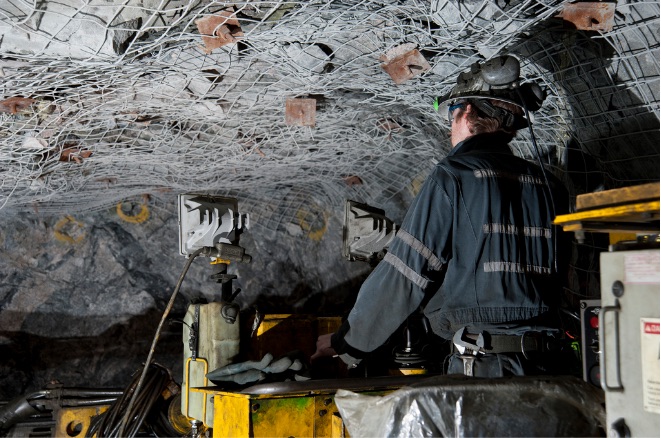
Morrison underground polymetallic mine, part of KGHM's Sudbury Operations. Source: kghm.com
KGHM's Sudbury operations are located on the western border of the richly-mineralized North Range of the Sudbury Igneous Complex in Ontario, Canada, about 400 km north of Toronto. The Sudbury Complex is a unique geological structure, being the site of a 1.85 billion-year-old meteorite impact crater. Today, Sudbury is one of the most productive mining camps with one of the richest and largest polymetallic deposits in the world. Minerals are extracted by some of the biggest mining companies, including KGHM, Vale and Glencore. With 7.9% copper grade in reserves, Sudbury leads the pack of richest underground copper mines. Although having very limited copper reserves, this copper operation is benefitting from the recent copper prices wave in the short term.
2. Kinsenda

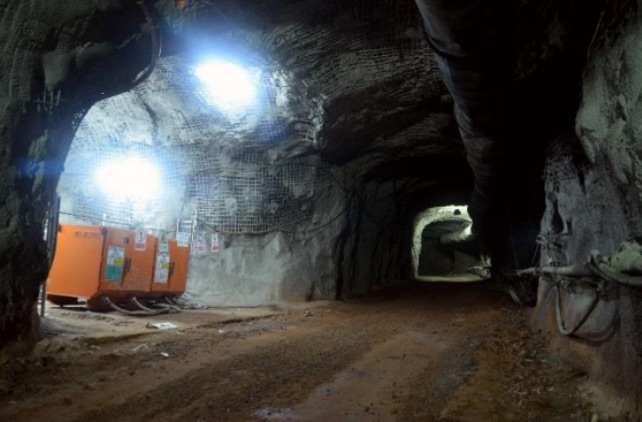
Kinsenda underground copper mine, DRC. Source: Metorex Group
Metorex's Kinsenda underground copper mine is located in the Democratic Republic of Congo, near the border town of Kasumbalesa. The Kinsenda operation ranks as one of the world's highest grade "rookie" underground copper mines in the world. Currently, Kinsenda is in transition from the development phase to commissioning and full-scale production. This mine has both high-grade and high-tonnage ore reserves/resources that put this operation well above its peers. With 4.8% copper grade in reserves, Kinsenda is the second highest-grade underground active copper mine.
3. DeGrussa

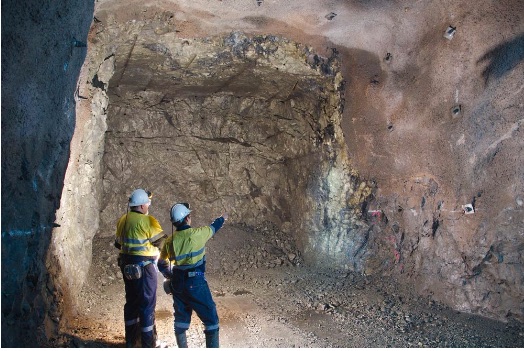
DeGrussa underground copper-gold mine, Western Australia. Source: sandfire.com.au
Sandfire's DeGrussa copper-gold mine, located 900 km northeast of Perth in Western Australia, is one of the Asia-Pacific region's premiere, high-grade copper mines. It only took three years for Sandfire to bring DeGrussa from discovery into production. Commencing with an initial two-year open pit mining operation which was completed in April 2013, the DeGrussa operation is based on a long-term underground mine delivering sulphide ore to an on-site 1.5 Mtpa concentrator. DeGrussa boasts 4.4% copper grade in reserves and 5.7% copper grade in resources.
4. CSA


Underground workshop, CSA Mine, Cobar, New South Wales, Australia. Source: Glencore.com
Glencore's CSA underground copper mine is located in Cobar, central-western New South Wales, Australia. The mine initially started in 1871 with an erratic production history until 1964, when Broken Hill South Ltd began large-scale production. Since 1965 the mine has extracted substantial quantities of zinc, lead, silver and copper, but today, CSA focuses on mining copper, with a silver co-product. The mine produces over 1.1 million tonnes of copper ore and in excess of 185,000 tonnes of copper concentrate per annum. The concentrate contains approximately 29% copper and is exported to smelters in India, China and Southeast Asia. With 4.3% copper grade in reserves, this mine holds fourth place in our list of highest-grade underground copper operations.
5. Reed


Drift development on the 110 metre level, Reed mine, Canada. Source: hudbayminerals.com
Hudbay Minerals' Reed underground copper mine is in Manitoba, Canada. Reed is a small high-grade copper deposit that commenced initial production in September 2013 and achieved commercial production at the end of the first quarter of 2014. It is located 120 kilometres from Flin Flon, where ore is trucked to the Flin Flon concentrator for processing. 4.1% copper grade in reserves puts the Reed mine fifth on the list.
Data retrieved from the IntelligenceMine database. Experts since 1989, the IntelligenceMine team analyze mining news and hundreds of documents daily to keep you on top of global mining. Get access to more than 12,000 listed and private company profiles, 33,000 mines, projects and processing facilities and 1.6m regulatory and source documents. IntelligenceMine also provides powerful multi-faceted search with comparative result grids, sorting and download capabilities, an online interactive mapper and more.